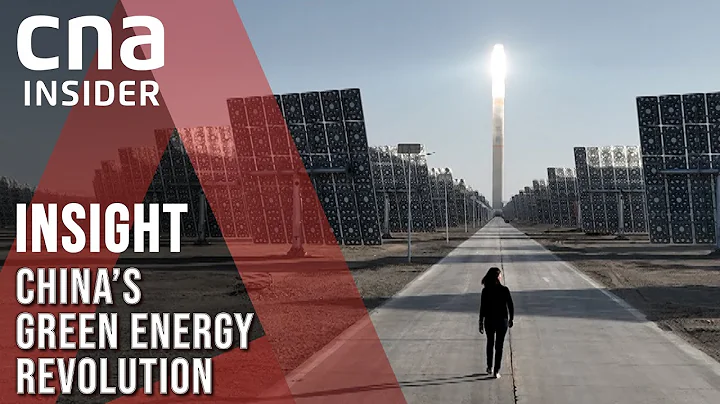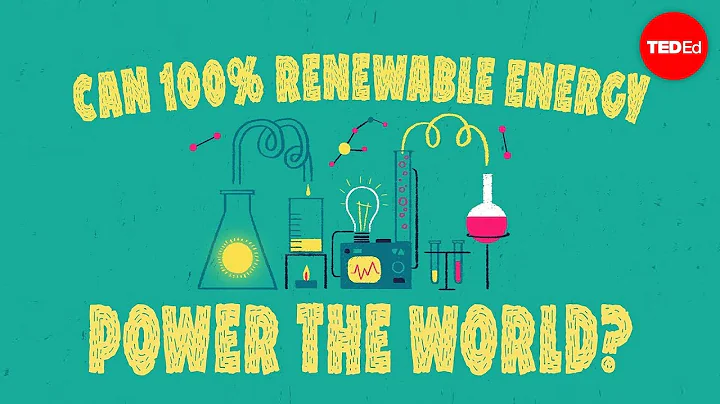The World Bank says the energy transition will require more aluminum than any other metal. To keep global temperature rise below 2°C, clean energy technologies will require nearly 6 million tons of aluminum per year by 2050. In contrast, the total demand for lithium, cobalt and nickel, which are mainly used in batteries, will not exceed 4 million tons of . Although only estimates, these figures underscore the importance of metals on the road to zero emissions.
Almost all aluminum in the clean energy industry is used in the frames of photovoltaic modules. Aluminum's corrosion resistance and light weight make it the best choice among existing elements in the periodic table and to ensure the structural stability of components. But the aluminum industry also faces the challenge of urgently reducing its carbon footprint.
Energy challenges facing aluminum
Aluminum is needed to address climate challenges, but the biggest challenge facing the aluminum industry comes from its own impact on the climate. Professor Guðrún Sævarsdóttir from Reykjavik University in Iceland said that the production of aluminum is getting higher and higher, but the carbon emissions caused by the production of aluminum are also getting higher and higher. "Aluminum production has grown significantly over the past two decades, more than doubling since 2000, but unfortunately, much of this capacity is based on coal-based power generation."
According to research by a professor at Reykjavik University , China's newly built aluminum smelters have driven the surge in aluminum production. Currently, more than half of the world's new aluminum production comes from Chinese companies. At present, 70% of China's electricity relies on coal, but more than 90% of the electricity generated by aluminum plants is coal-generated.
Mining, refining and smelting new aluminum accounts for nearly 2% of global emissions. produces an average of about 15 tons of CO2 equivalent per ton of aluminum, which is almost 4 tons more than 20 years ago. By some measures, a surge in aluminum production could mean an additional 400 million tons of carbon dioxide equivalent per year by 2040.
Many aluminum companies are developing new smelting processes and building new factories to reduce the industry's carbon footprint, but scientists say aluminum production urgently needs more research and development to keep its greenhouse gas emissions in line with its renewable energy products. consistent.
Problems in the Aluminum Making Process
The process of making aluminum usually starts in the form of bauxite ore, which is then sent to a smelter for alumina. Separating the aluminum from the alumina requires high temperatures of nearly 1000°C, which imposes a temperature on the molten mineral. Powerful current. Not only does this process consume energy, but the oxygen in the minerals combines with the carbon anode to release carbon dioxide. Direct carbon emissions account for approximately 10% of the total emissions from the entire process, and electricity consumption accounts for 71%. Professor Sævarsdóttir said, “Unless some measures are taken during this process, these carbon dioxide emissions cannot be eliminated.”

Metal recycling greatly reduces the energy required for new aluminum to enter the cycle. Aluminum can theoretically be recycled indefinitely. . The Aluminum Association, the aluminum industry's representative body, estimates that 75% of all aluminum produced to date is still in circulation globally. Some mining companies are also moving towards investing in recycling plants, such as the plant Lituo Mining Group announced in September this year to invest in Canada.
According to the World Bank's forecast, the proportion of recycled aluminum will increase if global warming is within 2°C, but it will still only meet 61% of demand. The Aluminum Stewardship Initiative (ASI) expects to release proposed aluminum standards to address climate change in the coming months, but it may take longer to establish an order to reduce carbon emissions from the aluminum industry. Cameron Jones of the ASI organization commented, "The aluminum industry is a complex and diverse supply chain, and we cannot be one size fits all. It is difficult to find a single solution or method to deal with the carbon footprint of the entire industry, so this is is the real challenge right now.”
Finding solutions to reduce carbon footprint
Aluminum production companies have taken several paths to reduce their carbon footprint, such as using renewable energy to connect aluminum smelters to hydroelectric power plants, like in Norway and Iceland. Other countries adopt this approach.However, hydropower generation capacity is limited and relies heavily on geographical location. In recent years, the number of smelters using hydropower has dropped from 46% in 2000 to 26% in 2018. Coal power generation still accounts for 61% of aluminum production.
Smelting typically consumes an order of magnitude more energy than other production steps. In order to ensure that smelters receive renewable energy, some aluminum smelters in China are discussing whether to move their entire operations to areas dominated by renewable energy grids, but no smelter has taken action so far.
Aluminum plant furnaces are generally of constant power, but Germany's Trimet has made some modifications to their furnaces, which allows the smelter to operate at 25% less or 25% more power than normally used, increasing flexibility. When there is excess power on the local grid (sometimes as a result of excess solar and wind generation), process controls ensure that the electrolysis chamber freezes only at the edges, allowing smelting to continue, albeit at a lower capacity. In a sense, the furnace is much like a battery on the grid. "This is a significant contribution to stabilizing the grid, so we should not ignore this opportunity," the researchers said.
Reduce carbon emissions from the aluminum industry
In the past few years, two companies have claimed that they will use oxygen to replace carbon emissions directly from smelters. Iceland's Arctus Metals has begun experimenting with a smelting process using inert anodes, which do not react with the oxygen in the alumina to produce carbon dioxide. Professor Guðrún Sævarsdóttir of Reykjavik University is also involved in this project, and he is also studying the use of this carbon capture technology to control carbon emissions.
Elysis, a joint venture between Lituo Mining and Alcoa, has innovatively developed a carbon-free smelting process. Currently, consumer goods companies such as Apple have signed agreements with Elysis to reduce the carbon footprint of their products. Alcoa in September announced the launch of an alumina brand that produces alumina with half the carbon emissions of the industry average.
In northern Australia, local mining group Gulkula mainly uses a combination of photovoltaic power generation and energy storage for production operations. A mine in Queensland also uses photovoltaic power generation for mining. This is a reflection of the trend of the aluminum industry to use local materials and make more use of photovoltaic power generation.
According to data from the Intergovernmental Panel on Climate Change (IPCC), industrial carbon emissions account for 21% of global carbon emissions, second only to electricity carbon emissions (25%). Renewable energy, especially photovoltaics and energy storage, will be one of the most important means to achieve carbon neutrality and address climate change.
photovoltaics compiled and compiled.





















